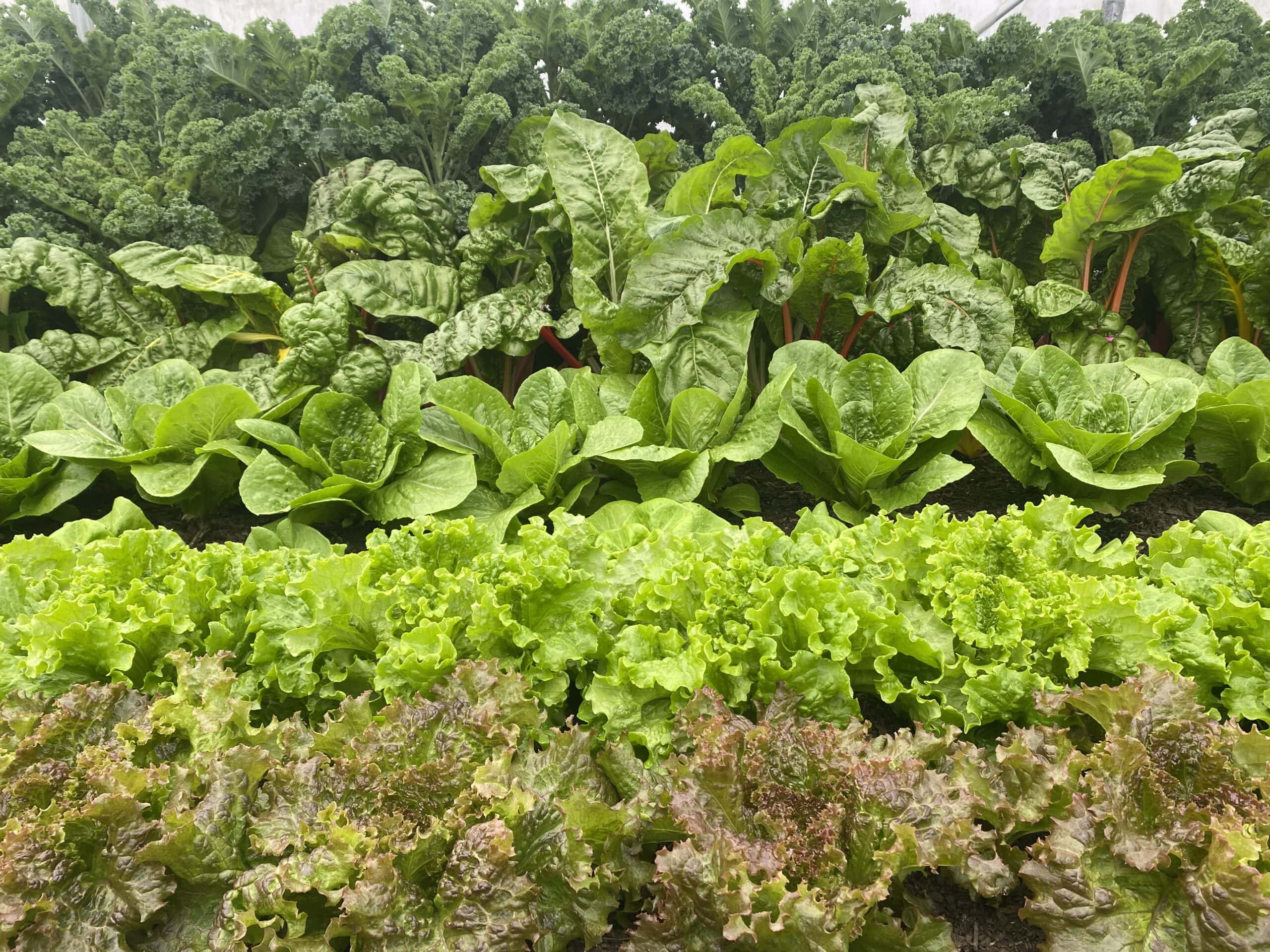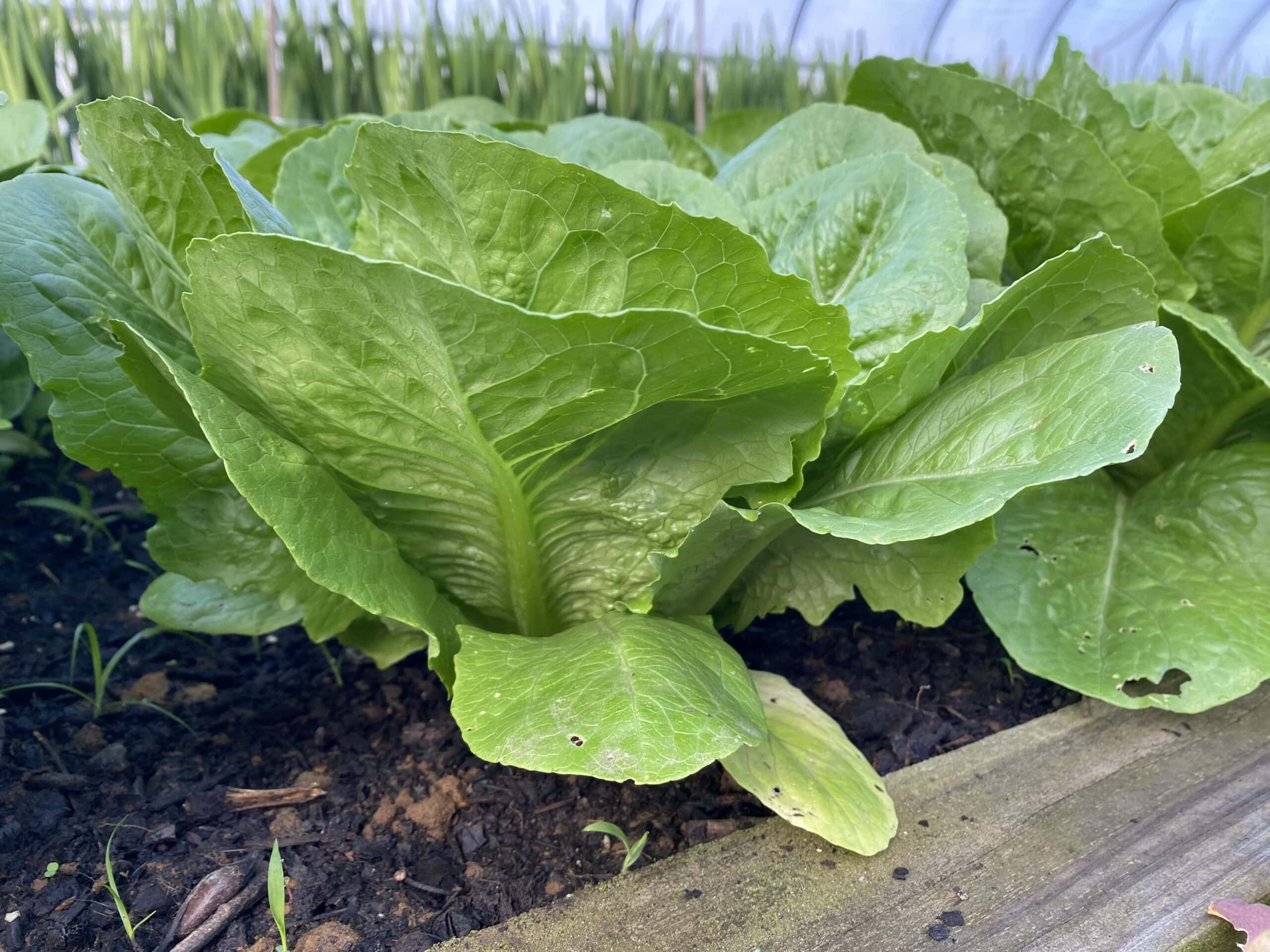This post may contain affiliate links. Probably doesn’t, but it might. It doesn’t cost you anything extra but if you use these links to buy something, we may earn a commission.
Small share: corn, cabbage, red potatoes, scallions or spring onions, squash or green pepper or snap peas, tomatoes, peaches, thyme or mint
Large share: corn, cabbage, red potatoes, scallions or spring onions, squash or green pepper or snap peas, tomatoes, peaches, green or yellow beans, cucumbers, dandelion or lettuce, rosemary or basil, thyme or mint,
Fruit only: blueberries, peaches, gooseberries or currants or blackberries or pie cherries
Flower share: lisianthus, rudbeckia, and/or gladiola
Corn

To store: Refrigerate sweet corn as soon as possible with husks on. The longer you wait to eat it, the more sugar will turn into starch, and the corn will lose its sweetness.
Handling: You can eat corn raw or cook it in the husks. Shuck the cob by pulling the husks down the ear and snapping off the stem. The silks will fall off as you cook the corn. Rinse under cold water. If you see a green worm, just cut out the damaged section — the rest of the cob is still edible! To cut the kernels off the cob, stand the cob upright on its base and run a sharp knife from the tip of the ear down to the base.
To cook: Steam corn in 1-2 inches of water for 6-10 minutes or drop ears into boiling water for 3-6 minutes. Season with butter or salt. You can also grill corn in the husk — place the corn in its husk in water for 10 minutes — then place on grill for 15 minutes. Or you can remove the husk, coat the ear in butter and salt/pepper, then wrap in foil, and grill for 15 minutes.
To freeze: Blanch on the cob for 3-5 minutes, rinse under cold water, and drain. Dry corn well, cut off the kernels with a knife, and then pack it into airtight freezer containers.





